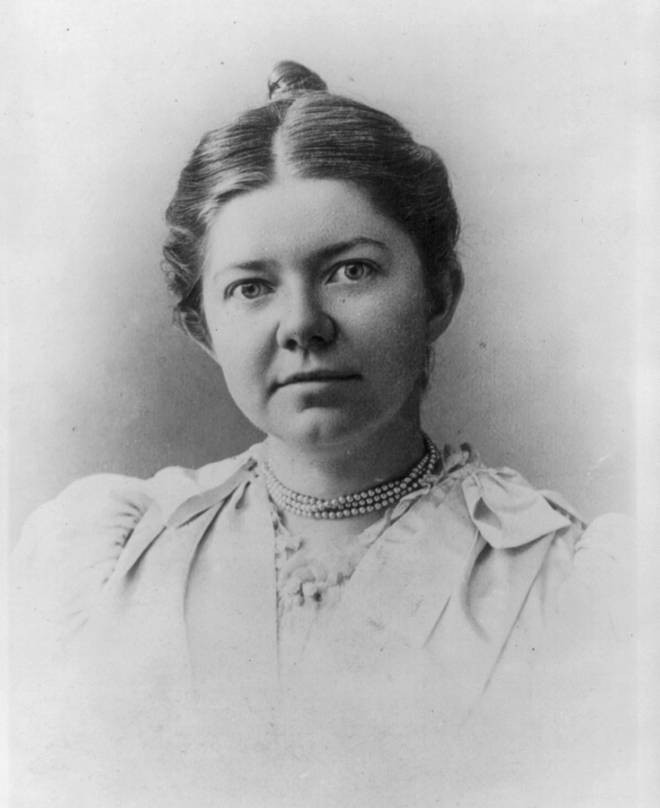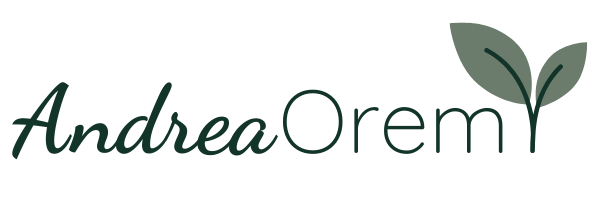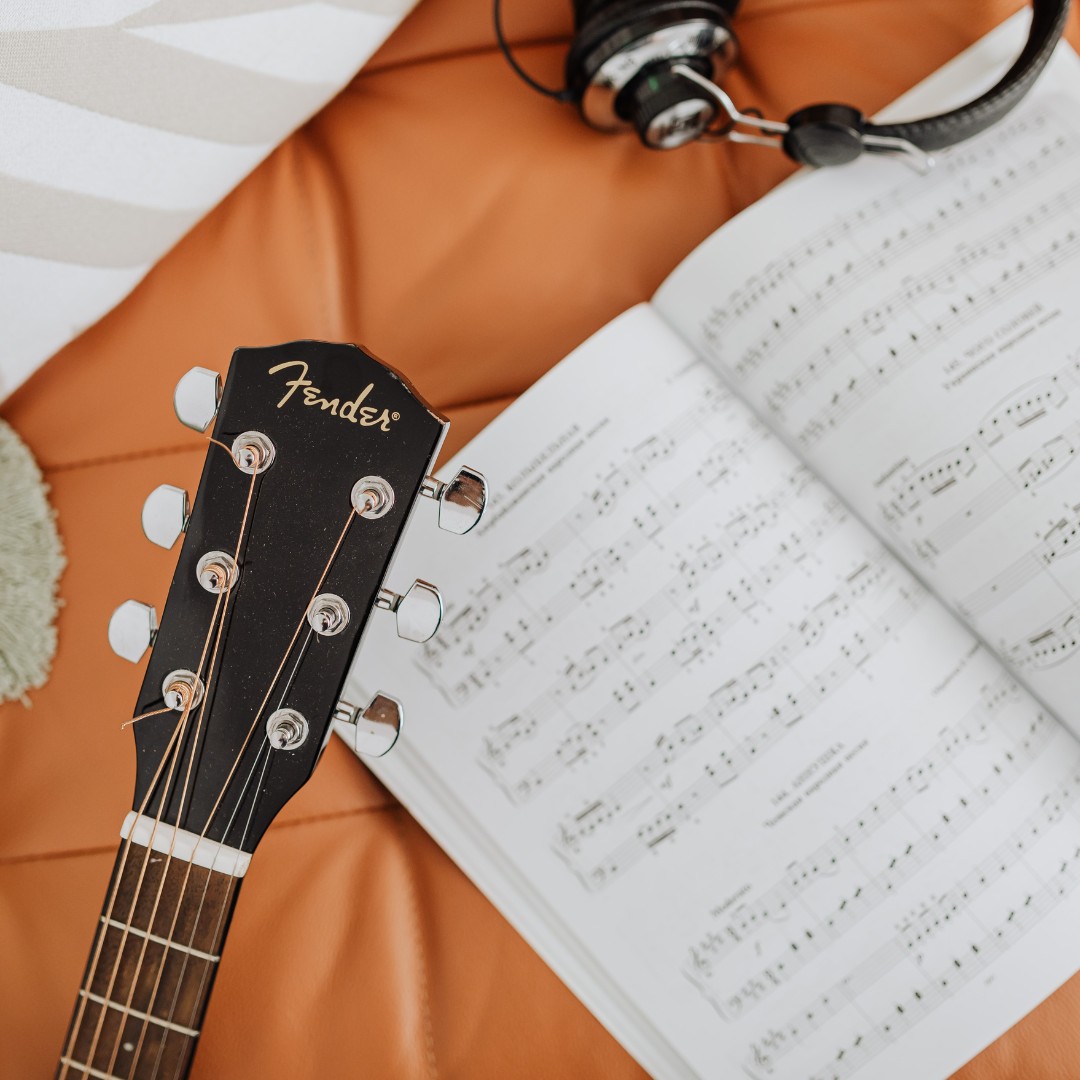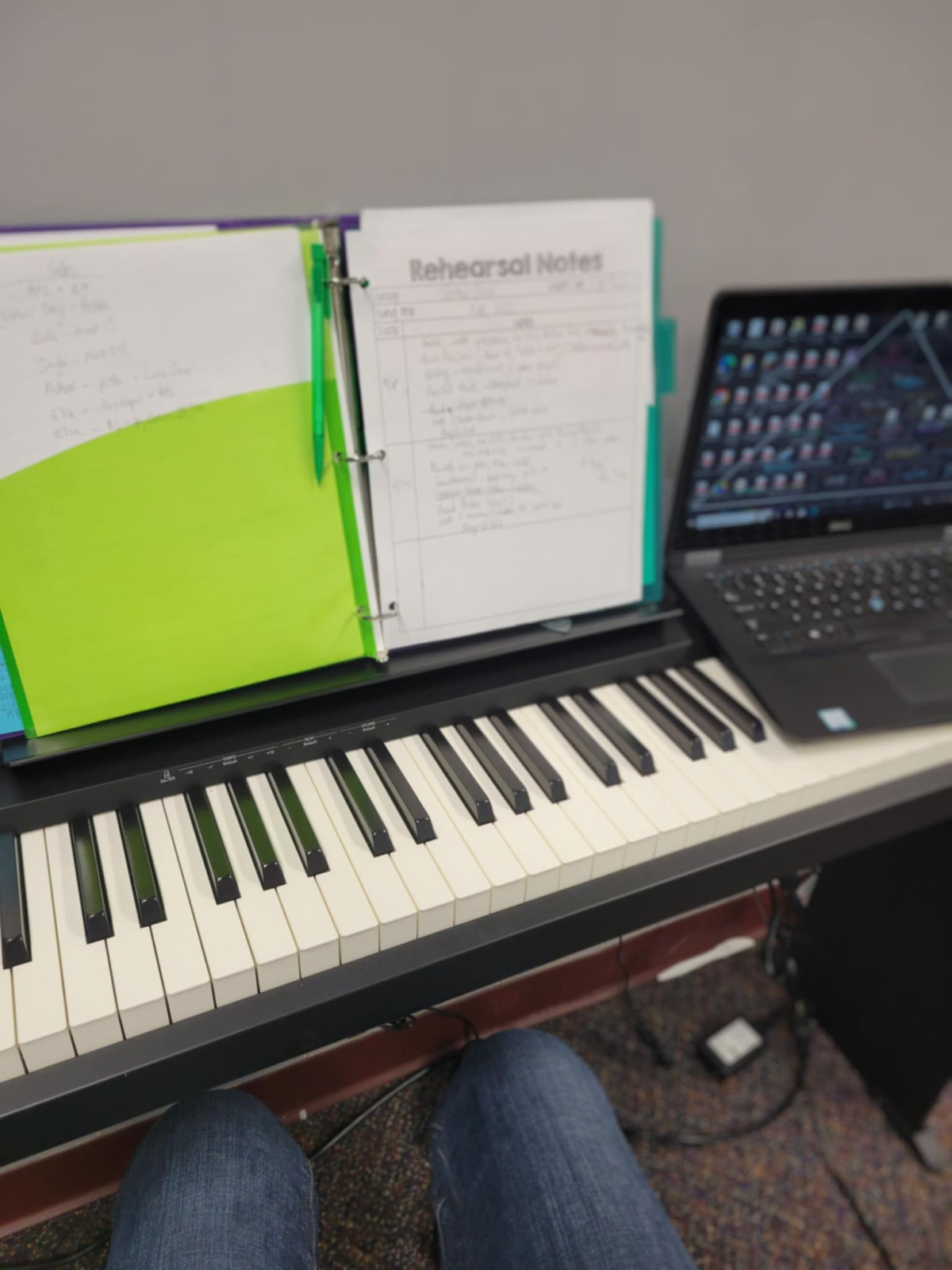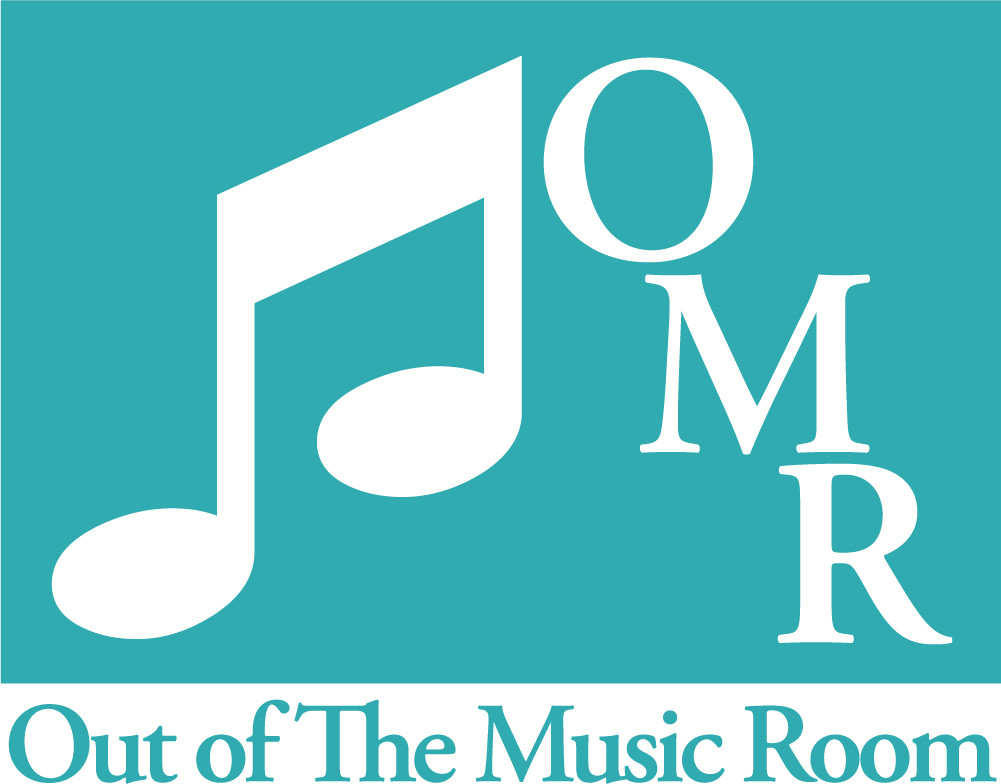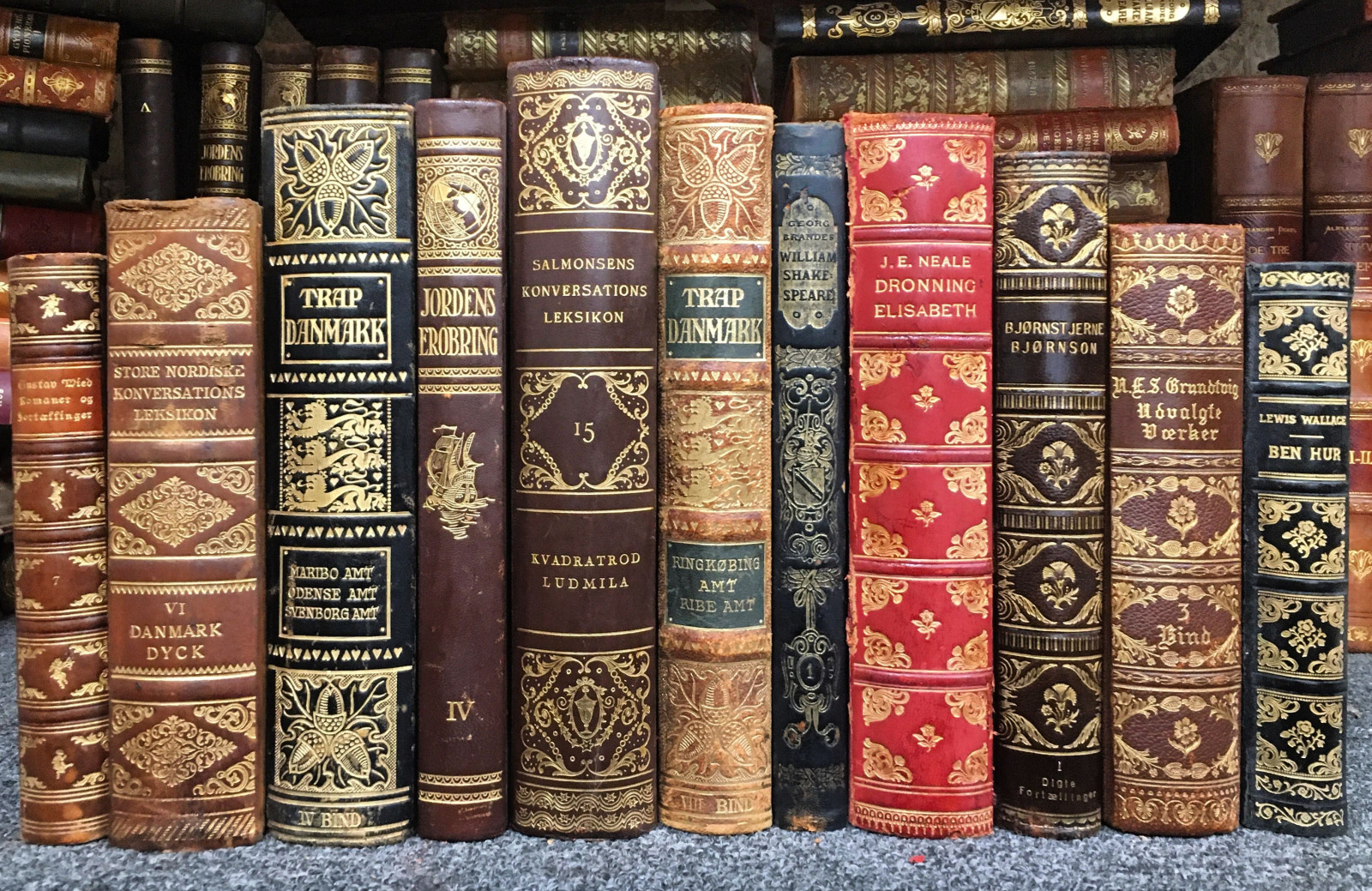
The Many Benefits of Reading Aloud to Children
1. Boosting Language Development
2. Enhancing Cognitive Skills
3. Strengthening Emotional Bonds
4. Improving Attention Span
5. Nurturing Empathy and Understanding
The Crucial Role of Vocal Health for Parents
1. Prioritize Proper Hydration
2. Incorporate Warm-Up Exercises
3. Practice Mindful Volume Control
4. Take Regular Voice Breaks
5. Avoid Vocal Fry
Quick Tips for Reading Aloud Effectively
- Choose Engaging Books: Select stories that captivate your child's interest.
- Use Different Voices: Bring characters to life by using various tones or accents.
- Encourage Interaction: Ask questions about the story to keep your child engaged. Have them narrate what's happening!
- Start Small: Begin with short amounts of time and gradually lengthen the time as your child's attention increases.
- Set a Routine: Establish a regular reading time to make it a cherished daily habit.
- Make It Cozy: Create a comfortable reading environment with pillows or blankets.
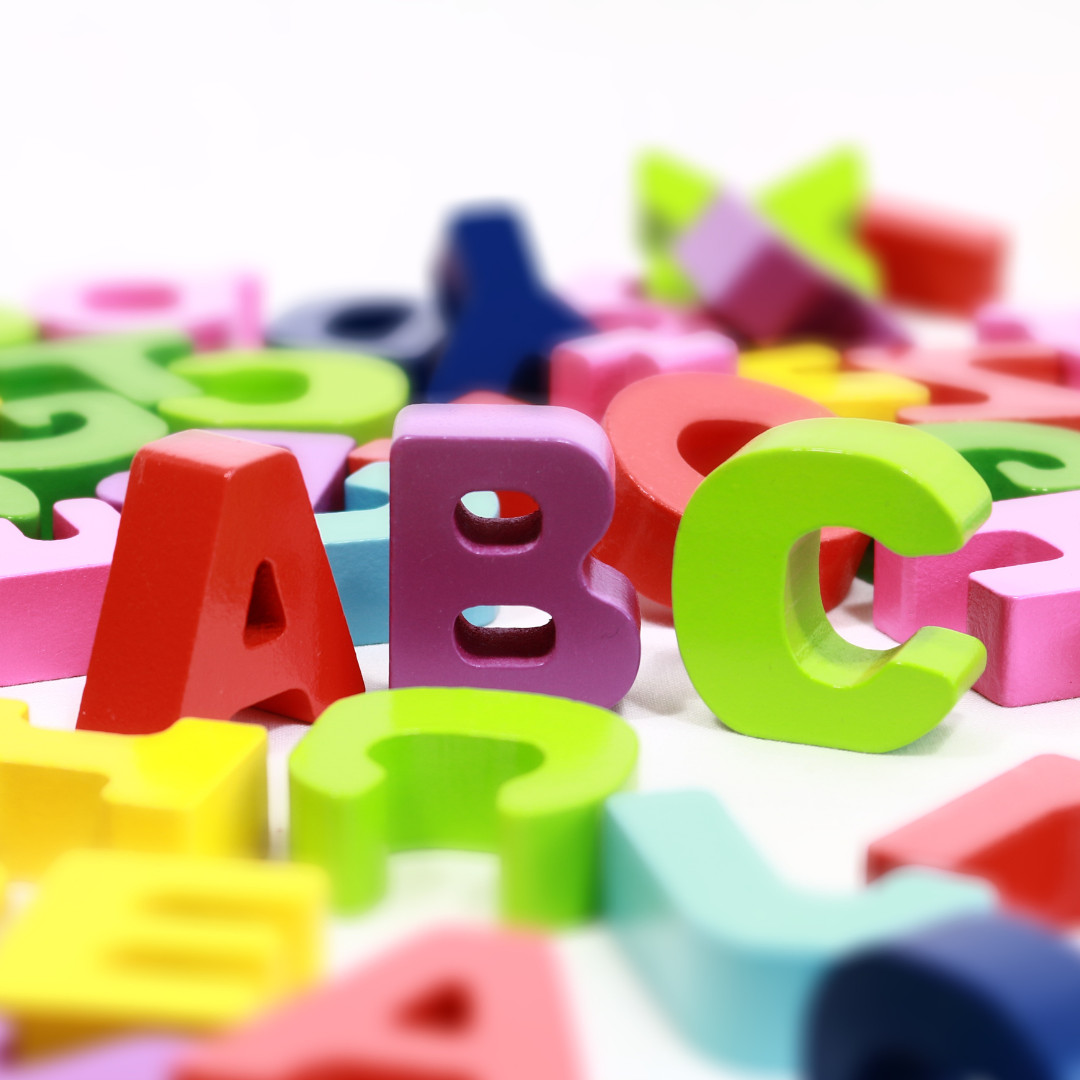
Finding engaging and educational resources is essential for homeschooling parents. ABC books are a fantastic way to introduce young learners to the alphabet while instilling Christian values. Here’s a curated list of favorite ABC books & workbooks that combine literacy skills with teachings of faith, perfect for preschool and early elementary students.
Top ABC Books for Christian Homeschoolers
- The Biggest Story ABC Board Book
This beautifully illustrated board book introduces children to the grand narrative of the Bible, with each letter representing a key biblical concept or character. It’s an engaging way to teach both literacy and foundational faith principles. - ABC's of How God Made Me
This book explores a child's identity in Christ through the alphabet, helping young learners understand their worth and purpose from a biblical perspective. It’s both educational and spiritually enriching. - ABC Bible Verses
This book pairs each letter of the alphabet with a memorable Bible verse, encouraging children to memorize scripture while learning letter recognition. It effectively integrates faith into early literacy education. - ABCs of Bible Characters
Written by Sunny Kang, this book introduces children to key figures from the Bible, with each letter representing a different character. Each entry includes a brief description, helping kids learn about the lives and significance of biblical figures in a fun, engaging way. - ABCs of Prayers
This book teaches children about the importance of prayer through the alphabet. Each letter corresponds to a different aspect of prayer, helping young readers understand how to communicate with God and the significance of prayer in their lives. - The Reformation ABCs
This book offers a child-friendly introduction to key figures and concepts of the Reformation, making church history relatable and fun. It’s an excellent resource for teaching historical themes alongside alphabet skills. - Church History ABCs
This title provides an overview of significant events and figures in church history, presented in an age-appropriate manner. It’s a great way to introduce children to the rich heritage of Christianity while reinforcing letter recognition. - Bible ABCs: People of the Word
This book highlights important individuals from the Bible, with each letter representing a different person. It provides short, engaging stories that help children learn about the lives and contributions of biblical figures, making it a valuable addition to any Christian library. - Bible History ABCs
This unique book takes children on a journey through major biblical events, connecting each letter to important narratives and characters from Scripture. It’s an engaging way to teach both literacy and biblical knowledge. - ABCs of God's Names Workbook
This workbook combines learning the alphabet with discovering 52 names of God. It includes activities such as coloring, letter tracing, and games that help strengthen children's understanding of God's character. This resource is perfect for reinforcing early learning concepts while reflecting on the nature of God. - ABC Adoration Coloring Book
This interactive coloring book allows children to express their creativity while learning about worship and adoration. Each page features illustrations related to the themes of praise and worship, making it a fun way for kids to engage with their faith while developing fine motor skills.
Additional Resources
- Christian Light's ABC Readiness Series
This comprehensive series includes workbooks that teach the alphabet through engaging activities, seamlessly integrating biblical stories and principles. It promotes both literacy and spiritual understanding in a structured format. - The Ology: Ancient Truths, Ever New by Marty Machowski
This beautifully illustrated beginner's theology book helps kids understand who God is and how we, as His children, relate to Him. Arranged within a traditional systematic theological framework, it connects each truth to the larger redemptive story of Scripture. The engaging narrative and creative illustrations make complex theological concepts accessible for young readers, making it an excellent resource for family devotionals.

What is a Morning Benediction?
Benefits of Morning Benedictions
1. Fostering Gratitude
2. Strengthening Family Bonds
3. Centering Your Mind and Heart
4. Setting Intentions
5. Reducing Stress and Anxiety
6. Enhancing Spiritual Well-being
7. Creating a Positive Routine
Implementing Morning Benedictions
Printable Morning Benedictions Collection
What's Included:
- 20 unique morning benedictions
- Beautifully designed graphics
- A mix of traditional and contemporary blessings
- Benedictions suitable for various occasions and moods
How to Use:
- Download and print the collection
- Print & cut out individual benedictions or keep digital as-is
- Place them in a decorative box or folder in a prominent place
- Each morning, select a benediction to read together as a family
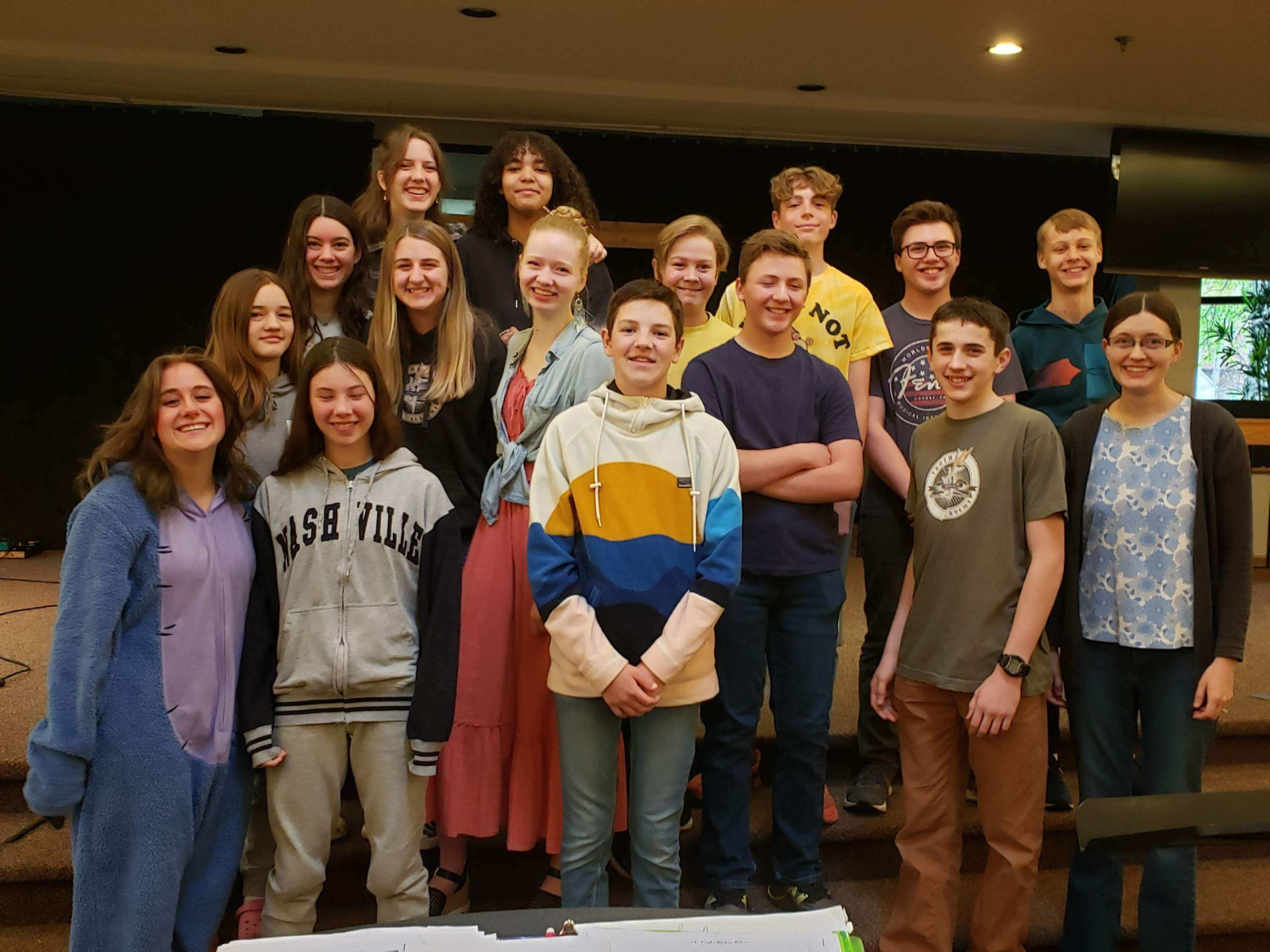
Understanding Concert Day Jitters
Creating a Comforting Pre-Concert Routine
- Practice slow deep belly breathing exercises together
- Do some gentle stretches (like we do during our warm ups!)
- Listen to favorite music (not related to the concert) in the car on the way -- have them pick these out in advance!
- Use positive affirmations -- "I can sing confidently!" or "I am capable and ready to sing." are two good ones to start with.
Visualizing Success
Focusing on Progress
Home Rehearsals
Staying Present During the Concert
The Power of Family Support
Taking Care of Physical Well-being
Embracing the Experience
Seeking Additional Support

Understanding the Context: What Was Happening When the Hymn Was Written?
- What was happening in history at the time?
- What was the culture like?
- What was going on in churches and religion?
- What was the songwriter's life like?
Example: "Amazing Grace" by John Newton
Looking at the Lyrics: What Do the Words Really Mean?
- Read each verse carefully and think about what it's saying
- Look for repeated ideas or symbols
- See if you can spot any Bible references
- Think about the main message of the whole song
Example: "How Great Thou Art" by Carl Boberg
Listening to the Music: More Than Just a Nice Tune
- Pay attention to the melody and how the harmonies work
- Notice how the music fits with the words
- Listen to different versions of the same hymn
- Look at how the song is put together
Learning the History: The Story Behind the Song
- Read about the people who wrote the hymns
- Find out what inspired them to write
- Look into why certain hymns became popular
- See how hymns have changed over time
Reflecting on the Hymn: Making It Personal
- Thinking quietly about what the hymn means to you
- Letting the words sink in and affect how you feel
- Singing or playing the hymn yourself
- Using hymns as part of your personal worship time
Wrapping Up: Getting the Most Out of Hymns

1. JW Pepper
2. Sheet Music Plus
3. Musicnotes
4. Choral Public Domain Library (CPDL)
5. Hal Leonard
6. Oxford University Press
7. Boosey & Hawkes
8. Carl Fischer Music
9. Edition Peters
10. Independent Individual Composers' Websites


Establishing Consistent Practice
Cultivating Confidence Through Singing
Exploring "Living Songtales" and Hymn Study
Additional Ideas for Musical Exploration
- Music Appreciation: Delve into various musical genres and styles through listening sessions and discussions, cultivating an appreciation for diverse forms of artistic expression.
- DIY Instrument Projects: Engage in hands-on learning by constructing homemade instruments using household materials, fostering creativity and resourcefulness.
- Musical Games and Activities: Infuse playfulness into daily life with interactive games and activities designed to reinforce musical concepts and skills. Here's many ideas!
- Family Music Making: Foster a sense of unity and collaboration by organizing family jam sessions or family sing alongs, providing an opportunity for each member to showcase their musical talents in a supportive environment. Even if family members do not feel they have talents in this area, the goal is communal music-making, not the skill level of the music-making itself. We do value excellence! But we value community and shared experience more here (just like we do with corporate worship... more on that later!).
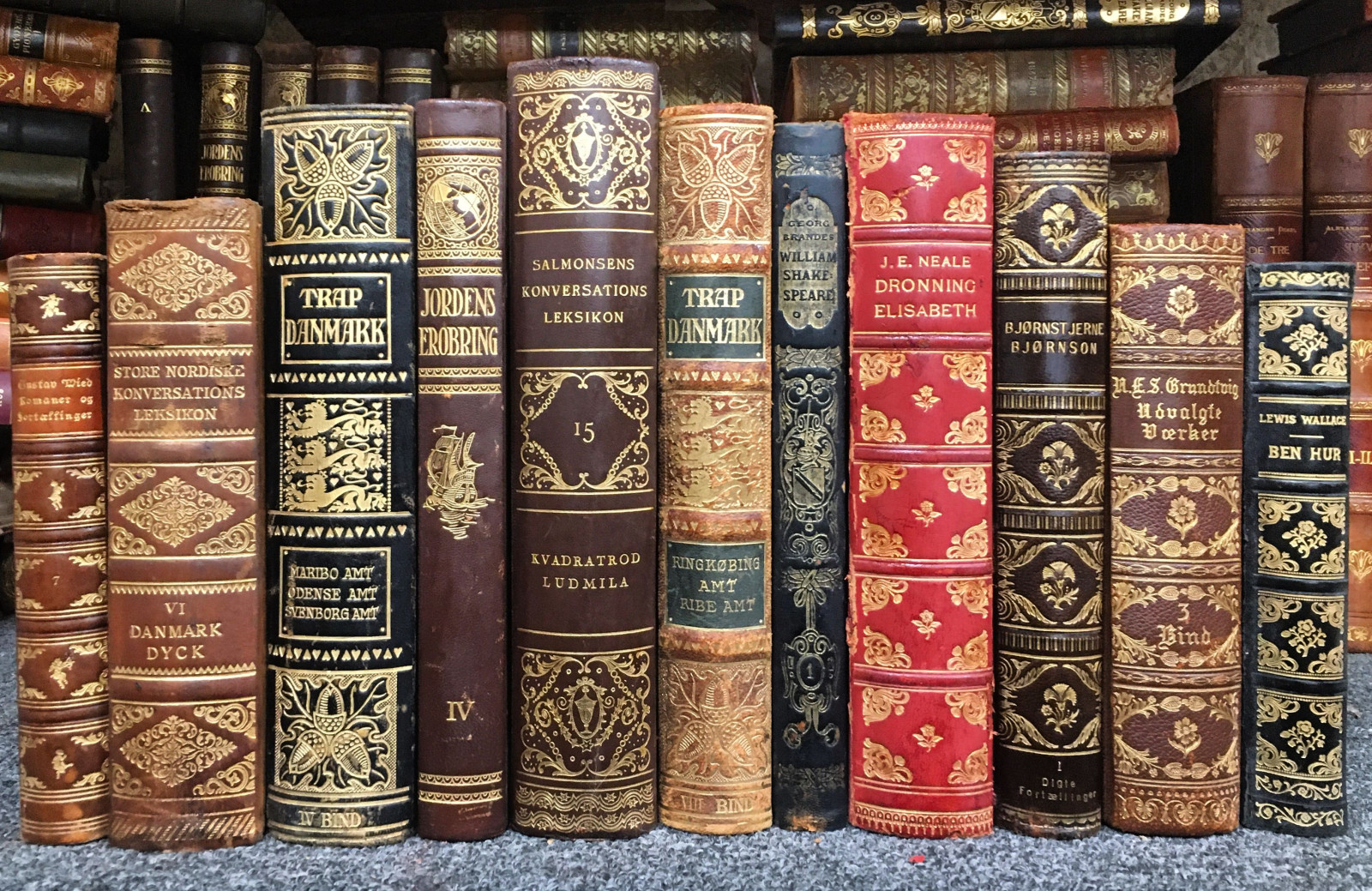
- The Language of Emotion: Literature and music serve as languages of emotion, each possessing the ability to evoke profound feelings and experiences. Just as a well-crafted novel transports readers to different realms of emotion, a beautifully composed piece of music has the power to stir the soul. Take, for instance, Ludwig van Beethoven's Symphony No. 9, whose triumphant finale, featuring Friedrich Schiller's "Ode to Joy," transcends language barriers to convey a universal message of joy and unity.
- Musical Storytelling: Music has a narrative quality that complements the storytelling prowess of literature. Composers often draw inspiration from literary works to create musical narratives that captivate audiences. An exemplary illustration is Sergei Prokofiev's "Romeo and Juliet," a ballet score that brings Shakespeare's timeless tale to life through emotive melodies and evocative orchestration.
- Inspired Creations: Literary masterpieces have long inspired composers to create enduring works of music. One such example is Pyotr Ilyich Tchaikovsky's "1812 Overture," which commemorates Russia's victory over Napoleon's army and draws inspiration from Leo Tolstoy's "War and Peace." Conversely, authors have also drawn inspiration from music, as seen in Virginia Woolf's novel "To the Lighthouse," where classical music serves as a central motif, shaping the characters' emotions and experiences.
- Shared Themes and Motifs: Themes such as love, loss, and redemption resonate deeply across both literature and music. Consider Gustav Mahler's Symphony No. 5, which navigates themes of love and mortality with poignant intensity, mirroring the emotional depth found in literary classics like Leo Tolstoy's "Anna Karenina." These shared themes serve as a bridge between the two art forms, enriching the human experience through their universal resonance.
- Collaborative Projects: Collaborative ventures between writers and musicians offer innovative ways to explore the intersection of literature and music. One notable example is Philip Glass's opera "Einstein on the Beach," a groundbreaking collaboration with playwright Robert Wilson that pushes the boundaries of traditional opera by incorporating minimalist music and non-linear storytelling.
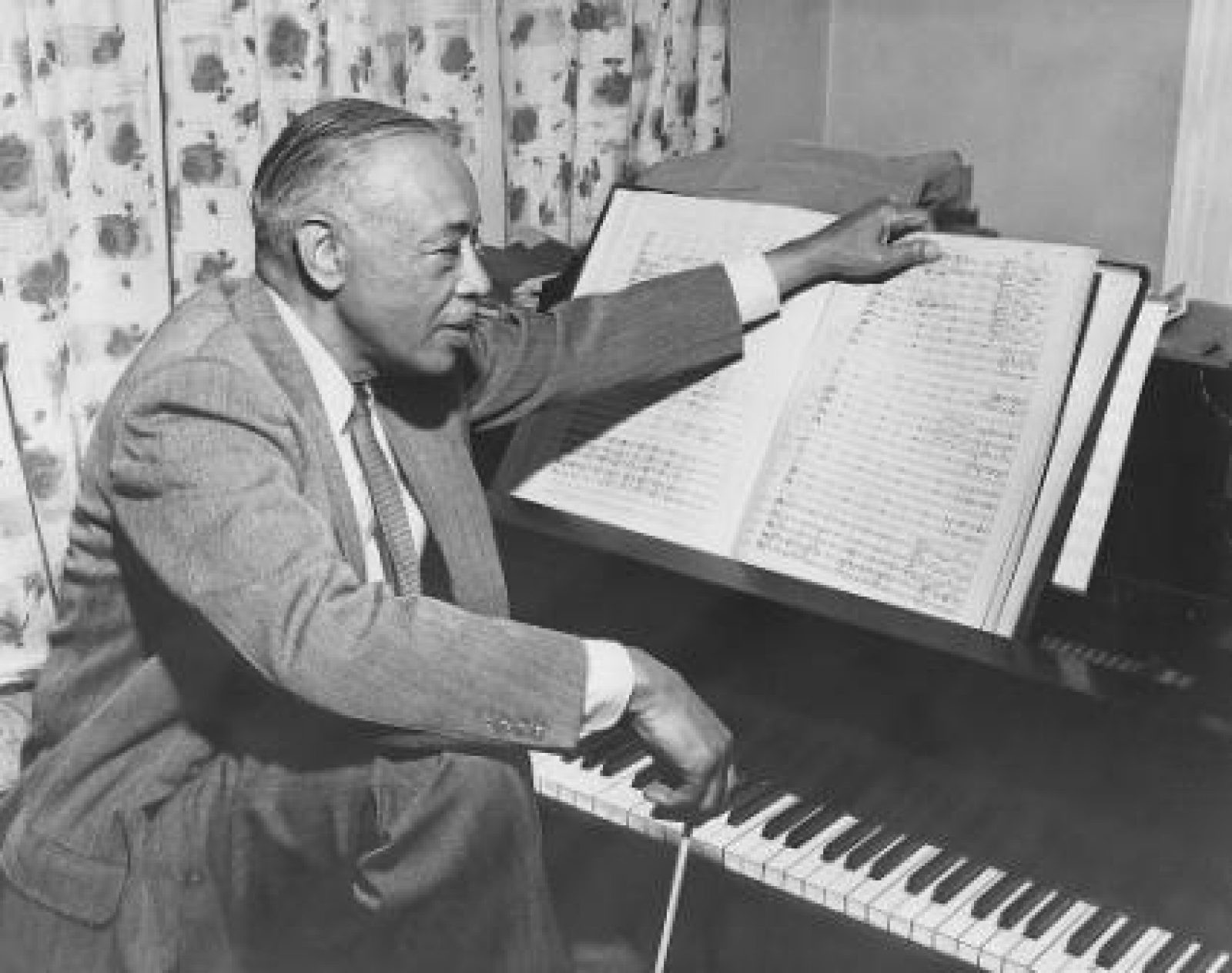
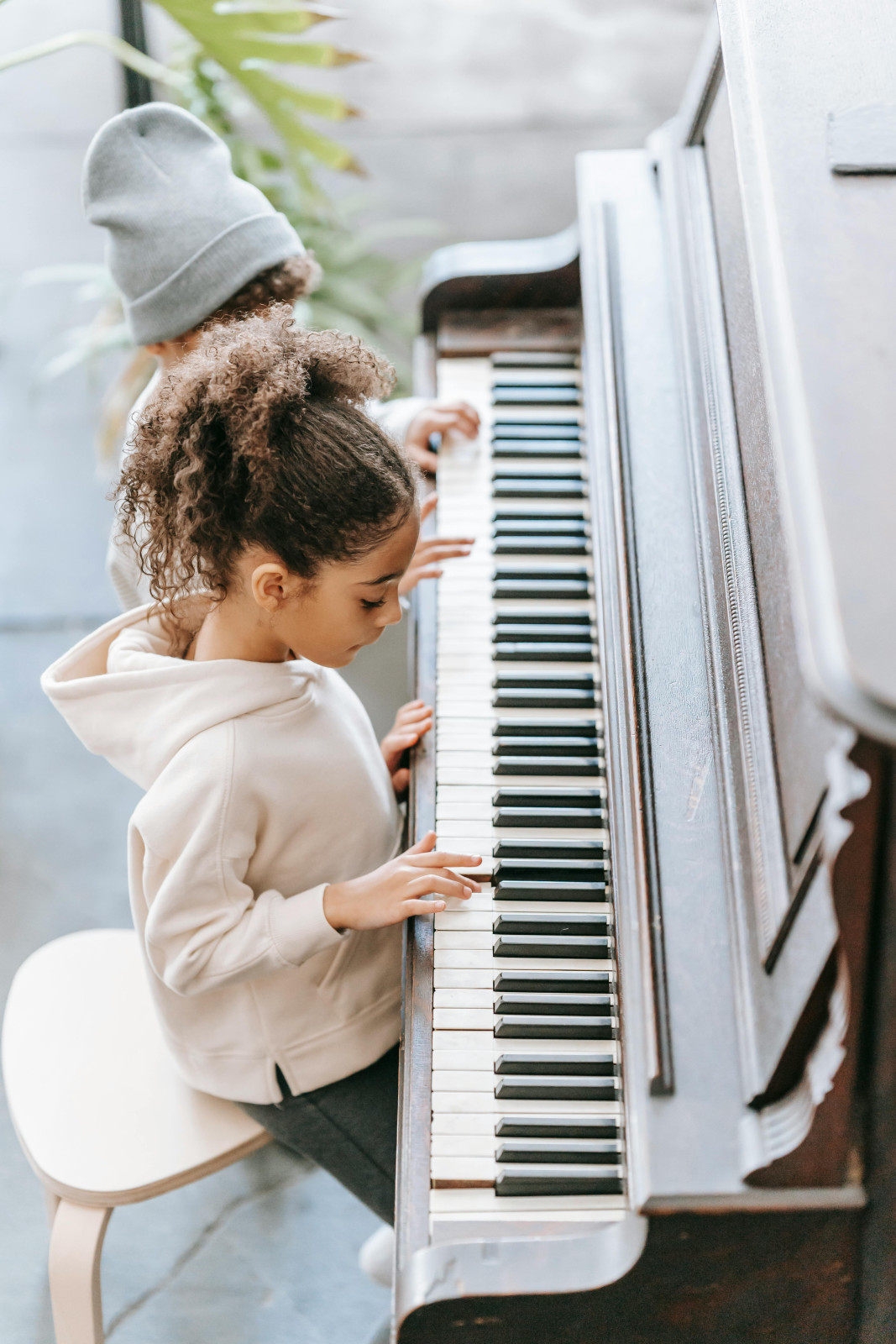
- Embrace Your Role as a Guide: Your musical journey with your children begins by understanding that you don't need to be a virtuoso. Think of yourself as a guide, introducing your children to the world of music, helping them explore different genres and exposing them to new songs, providing support and encouragement and showing them you are learning along the way with them.
- Start with the Basics: Begin by laying a solid foundation in music theory, covering essential elements such as rhythm, melody, and harmony. Engage your children with interactive games, fun songs, and hands-on activities to make learning enjoyable and effective. Don't know where to begin with that? Check out the Classical Collective Membership for resources.
- Make Use of Resources: Leverage the wealth of resources available online to support music education at home. From interactive tutorials and educational apps to lessons and community music groups, there's something for every age and skill level. These resources can enrich your children's learning experience and provide valuable support for you as a parent-teacher.
- Encourage Creativity: Nurture your children's creative expression through music by encouraging them to compose their own songs, experiment with different instruments, and even craft homemade musical instruments from household items. Emphasize the joy of exploration and self-expression, fostering a love for music that goes beyond rote learning.
- Lead by Example: Set a positive example for your children by actively engaging with music in your daily life, showing them you are also a lifelong learner! Listen to a variety of musical genres together, sing and dance, read them songtales, attend live performances, and demonstrate that music is something to be enjoyed and celebrated as a family together.
- Be Patient and Persistent: Above all, remember that learning music is a journey that requires patience and persistence. Celebrate your children's progress, no matter how small, and encourage them to persevere through challenges. By fostering a supportive and nurturing environment, you can inspire a lifelong passion for music in your children.
Teaching music at home can be a rewarding experience for both you and your children, regardless of your musical background. By embracing your role as a guide, starting with the basics, utilizing resources, encouraging creativity, leading by example, and maintaining patience and persistence, you can instill a lifelong love of music in your children and grow your own skill and confidence along the way. So, don't hesitate to start this musical adventure together and discover the joy of making music at home!
